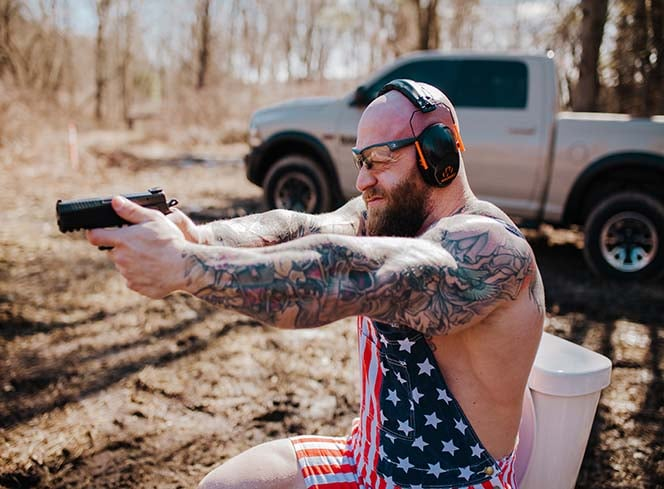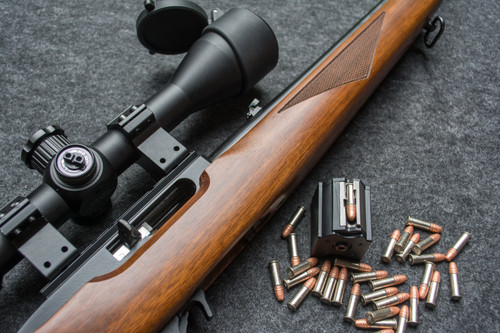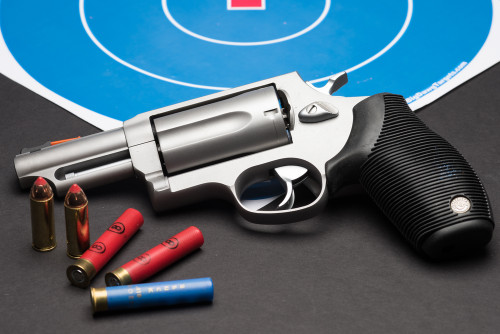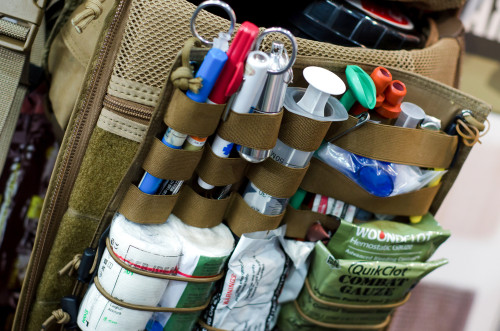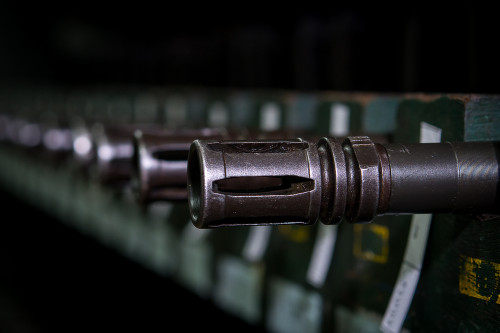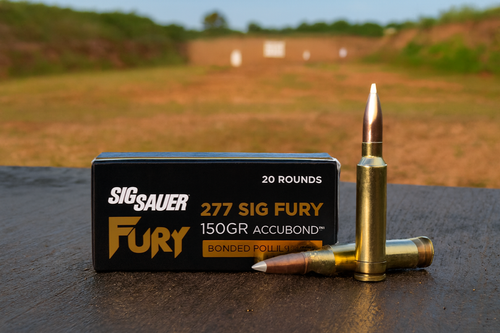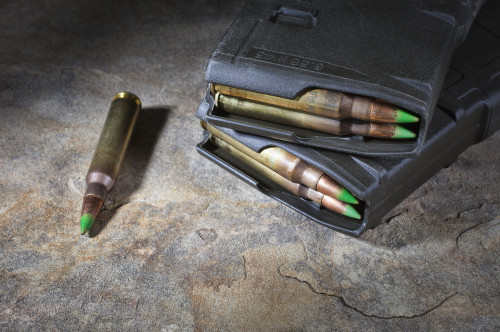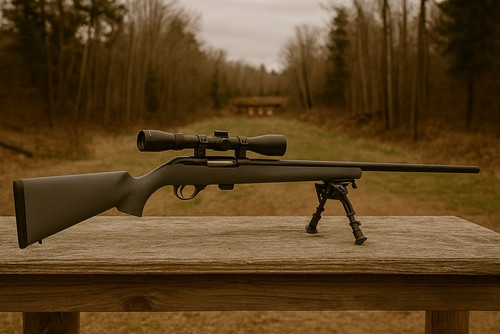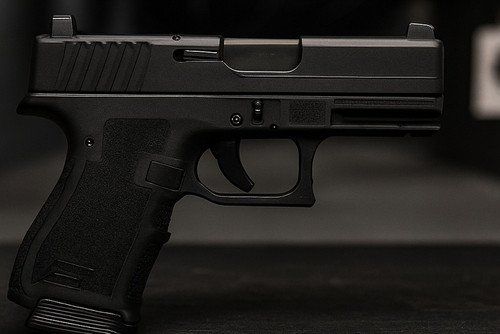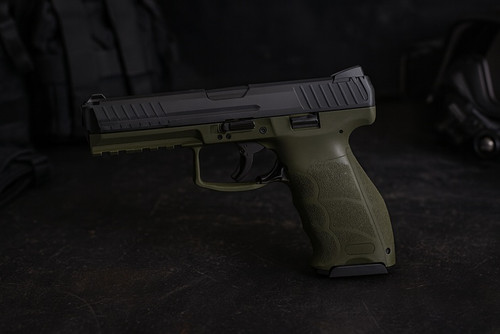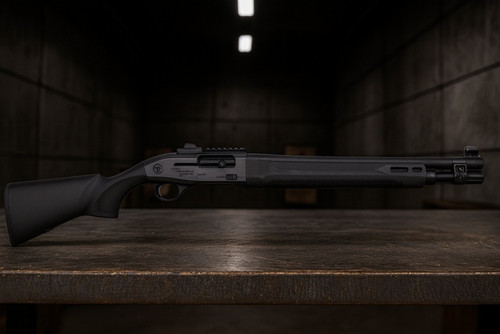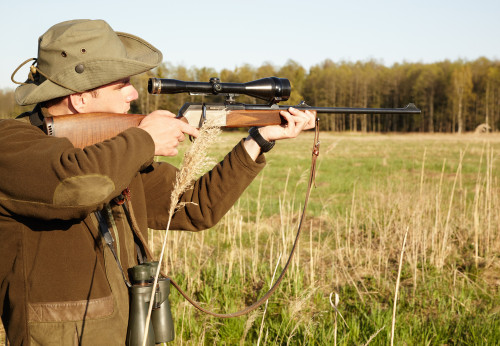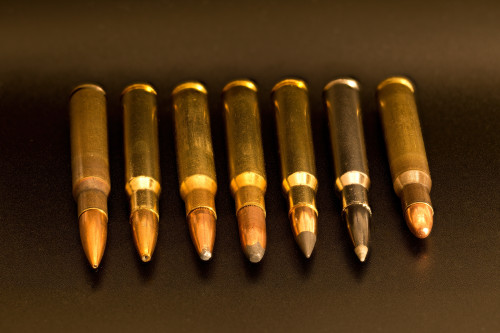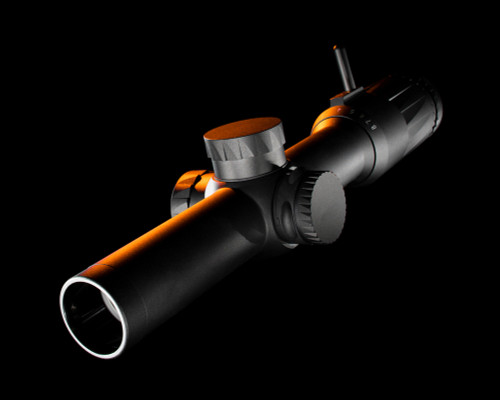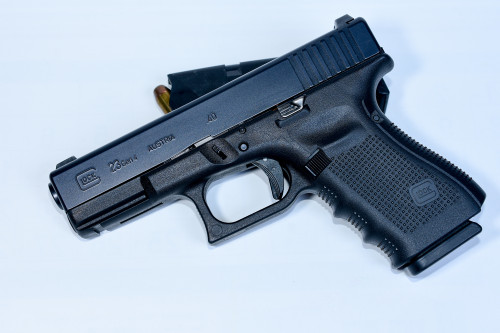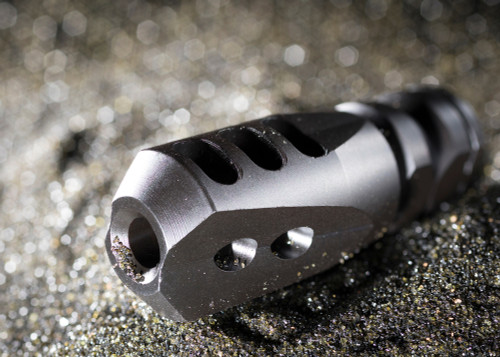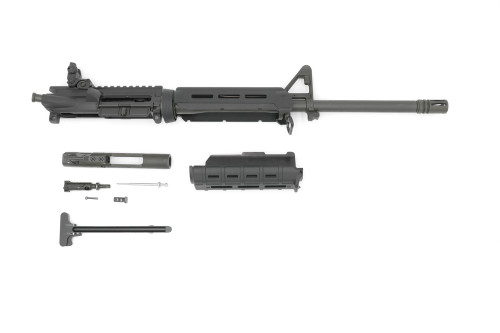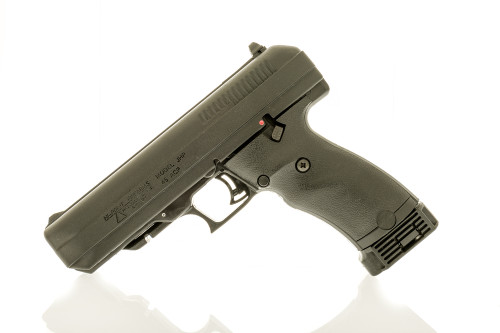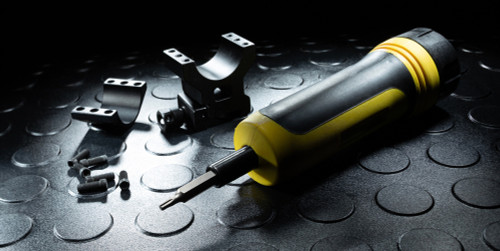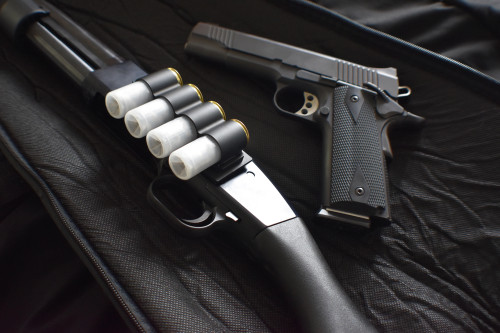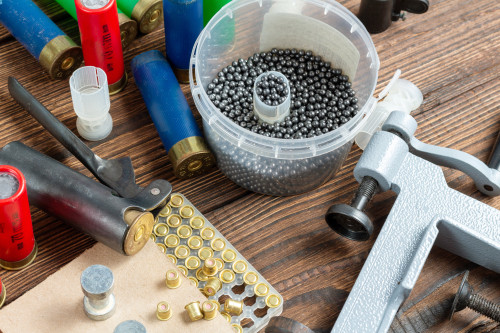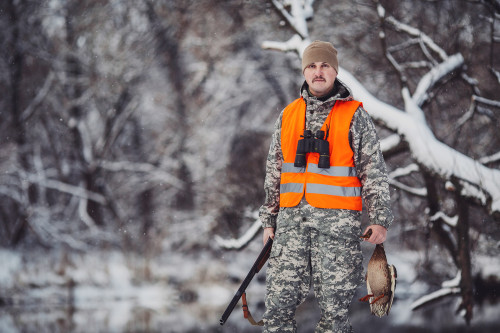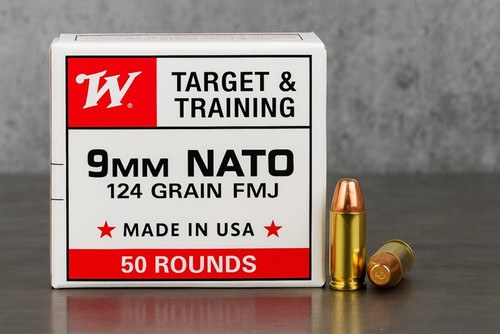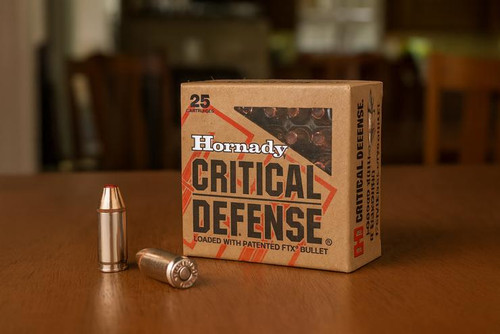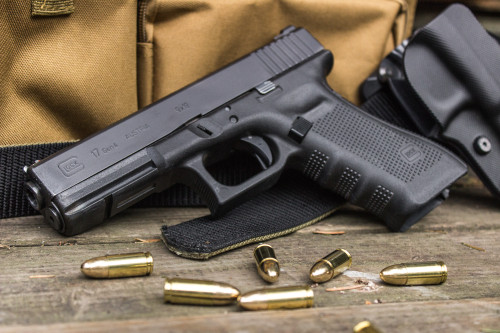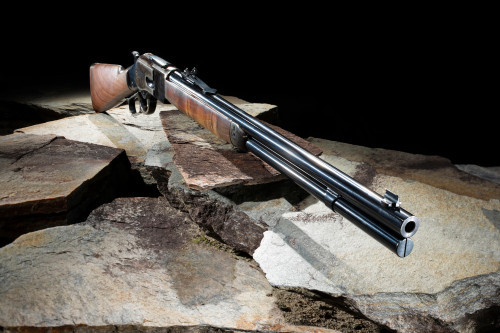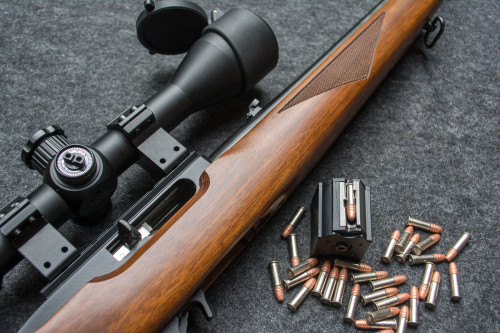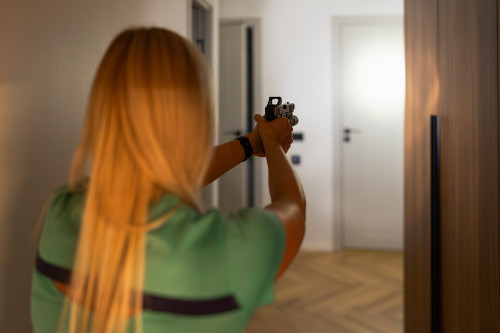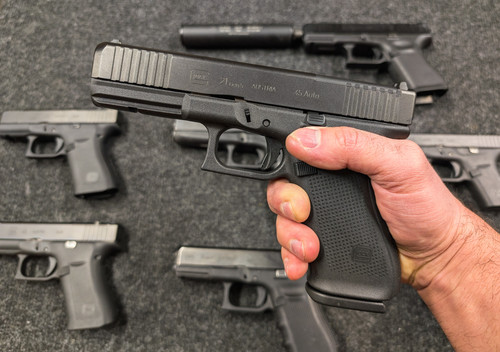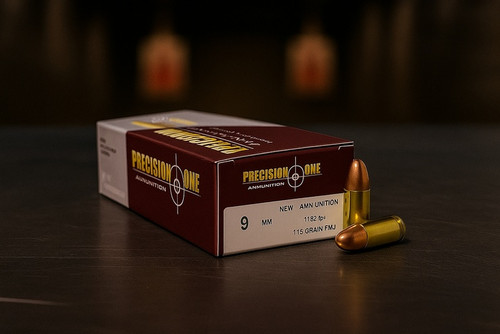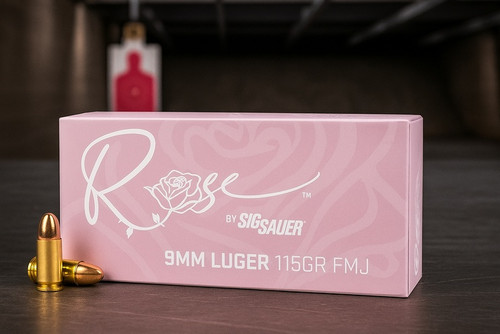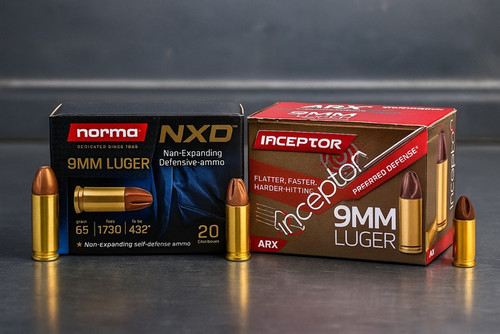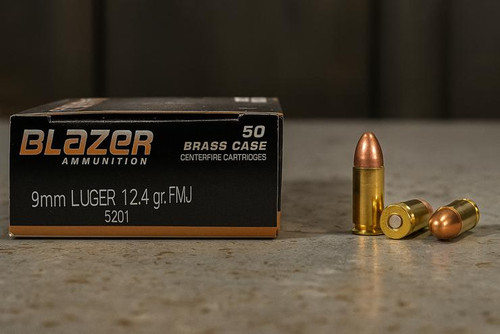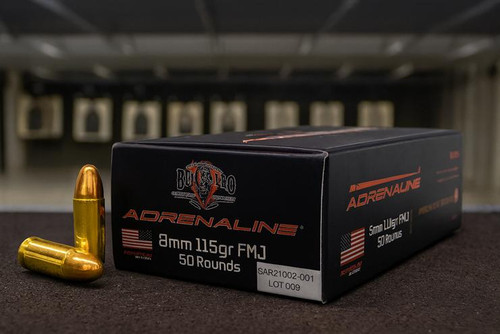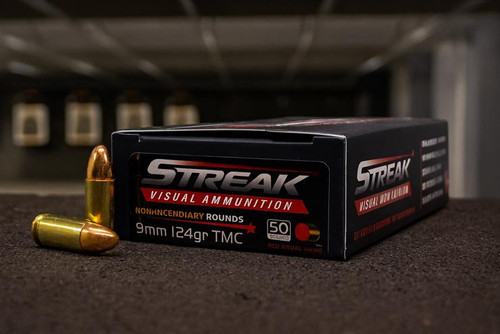We’ve had seasoned hunters tell us that “your scope should cost more than your rifle.” That may be a little excessive, but it does illustrate an important point about the role of optics in your arsenal. An optic is arguably a shooter’s single most important accessory.
With the right optic, you can make a difficult shot laughably easy. But an optic only works if you know how to use it. Sure, if you’re shooting a red dot, it’s pretty simple — position the red dot over what you’re trying to shoot in your sight picture, and do your thing. But scopes (like LPVOs, fixed scopes, and other long-range optics) are a bit more complex.
If you've just bought a long-range scope, or you’ve used one recently, you’ve no doubt seen a lot of numbers on it. There are numbers on the reticle, knobs, and maybe more. This can be quite confusing for new users or people who aren’t familiar with long-range shooting. However, these numbers are crucial to understand to make the most use of your optic.
Long story short — you can’t just go out and buy an expensive scope and become an elite sniper. You also need to know how to use your optic. Here’s your guide to operating a rifle scope to improve your shots in various conditions.
Photo by Thomas Tucker on Unsplash
Scope Basics
Before we get too far into the weeds, let’s cover some basic terminology that apply to all scopes.
Objective Lens
A lens is a curved piece of glass that collects light to focus an image. In the world of firearm optics, the objective lens is the lens closest to the target. It absorbs light and feeds it into the optic’s tube.
The bigger an objective lens, the more light it can absorb. For you, this translates into a brighter, sharper sight picture. Larger objective lenses also allow you to use your optics earlier in the morning or later at night, when there’s less ambient light in the environment.
A bigger objective lens can also reduce a scope’s parallax on high magnifications. This means that the optic’s reticle won’t move too much as you move your head.
Tube
The tube is the part of the scope between the two lenses. The objective lens feeds light through the tube and out to the eyepiece. A longer tube is part of what allows a scope to use a higher zoom ratio, which makes for a more versatile scope in different situations. With a higher zoom ratio, you can typically zoom in and out with more magnification options, while a lower zoom ratio has fewer options.
Eyepiece
A scope’s eyepiece (or ocular lens for all you science nerds out there) is a lens that focuses the sight picture into your eye.
A scope can increase or decrease its magnification by moving the eyepiece closer or farther away from the objective lens. You can usually do this by rotating a ring located close to the eyepiece.
Reticle
A scope’s reticle is one of its most important features. It indicates a scope’s point of aim, and allows you to acquire your target. In general there are two methods for building the reticle into the scope:
- Etched - These are engraved directly into the lens, allowing for finer lines and more complex reticle designs.
- Wired - This is when the reticle is made of thin, metal wires attached across the scope. These obstruct light less, but may be a bit more fragile.
At the very least, a reticle will have crosshairs (two perpendicular lines intersecting in the center of the field of view) to indicate the point of impact. But most scopes give you much more information.
For example, the numbers on a scope themselves correspond to one click of either the elevation or windage turrets (more on turrets next). So, if you’re shooting and see your shots hitting two elevation marks up and two windage marks left, you need to adjust your windage and elevation by the same amount of clicks.
In addition, certain reticles may feature a bullet drop compensator. This tool gives you an idea of where to aim your gun to achieve long-distance shots. Some scopes also give you marks to indicate point of aim for a target moving horizontally.
Turrets
A scope’s turrets allow you to interface with the optic. At the very least, a scope needs to have two turrets: one for elevation (moving the reticle up and down), and one for windage (moving the reticle left and right).
As we mentioned before, you can use these turrets to zero your optic if your reticle doesn’t match your point of impact. The numbers on a turret correspond to measurements in Milliradian or MOA. Each click of a turret will adjust the reticle by that number.
Some optics will have more than two turrets. For example, many optics feature built-in illumination settings. If they do, they’ll also have a turret for you to control this setting.
Coatings
Finally, all modern scopes incorporate some kind of coating on their lenses. Different companies each have their own proprietary coatings. For example, Sig Sauer uses “Spectracoat,” their own exclusive coating.
At the very least, these coatings help the lenses stand up to scratching, abrasions, and other damage. Some will also help to reduce glare and reflection, which gives you a sharper image at all magnification levels.
What Do the Numbers on a Scope Mean?
Nearly every scope has a slew of numbers tagged onto its model name. For example, let’s look at the Vortex Viper 3-15x44 FFP.
These numbers can look like hieroglyphics to newbies, but they’re fairly easy to understand once you know what they mean.
Magnification
Generally, the first thing you’ll see after a scope’s model name is two numbers separated by a hyphen. In our example of the Vortex Viper, those numbers are “3-15.”
This indicates a scope’s magnification range. In this case, the scope allows you to zoom between 3x magnification and 15x magnification.
This is a moderate zoom level. You can also find optics with low-powered magnification (1x-8x) and high magnification levels (5x-25x).
Objective Lens
The number after a scope’s zoom indicates the size of its objective lens. As we mentioned earlier, the size of the objective lens can impact several variables. The higher the magnification settings a scope has, the bigger its objective lens will need to be.
Looking back at our example, the optic we’re discussing has a 44mm objective lens. That’s also smack dab in the middle, nestled between small lenses (28-32mm) and large (50mm).
First Focal Plane (FFP) vs Second Focal Plane (SFP)
The final piece of information you’ll need to crack your scope’s code is its focal plane. Scopes come in one of two flavors: first focal plane (FFP) and second focal plane (SFP).
This indicates where the actual reticle is etched. The reticle on an FFP scope is etched into the lens closest to the target, while an SFP reticle is etched closer to the eye.
The main functional difference between these scopes is how the reticle reacts to magnification changes. On FFP scopes, the reticle will always stay the same size relative to the image. On SFP scopes, the reticle will always stay the same size relative to your eye.
Minute of Angle (MOA) vs Milliradian (MRAD)
This is one last set of numbers you won’t find in a scope’s name. However, you still need to understand what they are to operate an optic.
A reticle has numbers and hash marks etched into it. These numbers allow you to adjust your scope, and are measured either in Minute of Angle (MOA) or Milliradian (MRAD).
These numbers communicate the same idea: a change in distance. One MOA is one inch at 100 yards, 2 inches at 200 yards, and so on. Milliradian does the same thing, but using the metric system.
Simply put, if you’re going to be measuring distances in yards, go with MOA. If you’re going to measure in meters, use MRAD.
Scope Applications
Remember that your mission determines your gear, not vice-versa. Choose a scope based on the job you need to do. Here are some general guidelines for doing so.
Hunting
Since hunters need to lug their guns around more than anyone else on this list, they want a lightweight scope. However, they’ll still need some magnification, since they won’t know exactly how far away their target is until they spot it. Most hunters will find that a 3x-15x or 5x-25x scope suits their purposes perfectly.
Competition
Choosing the right scope for a competition depends on its rules and the type of course you’re shooting.
For example, you’ll want something low-powered for a 3-Gun competition. Consider a 1-8x Low-Powered Variable Optic (LPVO). This will allow you to quickly engage targets up close, but also gives you the versatility to reach out and touch targets out to 100-150 yards.
In contrast, if you’re shooting a long-range competition like a Precision Rifle Series (PRS) event, you’ll want more magnification. Most PRS shooters use a scope with 5x-25x zoom.

Ctc Hardline 1-10x28 34mm Lpvo Mil
$384.99
Crimson Trace
Prices accurate at time of writing
Self-Defense
The vast majority of self-defense scenarios happen at close range. So choose an optic with extremely low zoom (often even 0x). This will allow you to acquire and engage targets quickly. In most self-defense scenarios, a red dot optic may actually be a better option than a full-fledged scope.
Bottom Line
You can read all you want about scopes to learn how they work. But you’ll need to put that knowledge into practice for it to become second nature. If reading the numbers on your scope is difficult at first, never fear. With great training and the right resources, you can become a sharper, more capable shooter.
At Pro Armory, we’re in the business of helping American shooters like you improve their shooting experience all around. That's why we offer quality ammo, optics, and tactical gear at a price you can afford. Browse our selection today!
Want to learn more shooting tips and techniques? We also offer firearms training to help you become safer and more proficient with your firearms. Sign up for our newsletter to be notified when training officially launches.

The Best Gun Deals, Coupons and Finds
Sign up for our newsletter to receive regular emails with the best deals, reviews, and updates from ProArmory.




